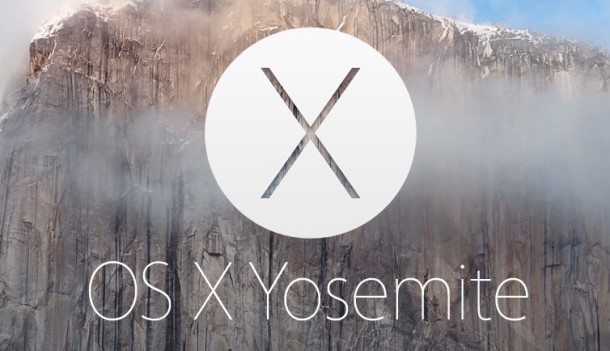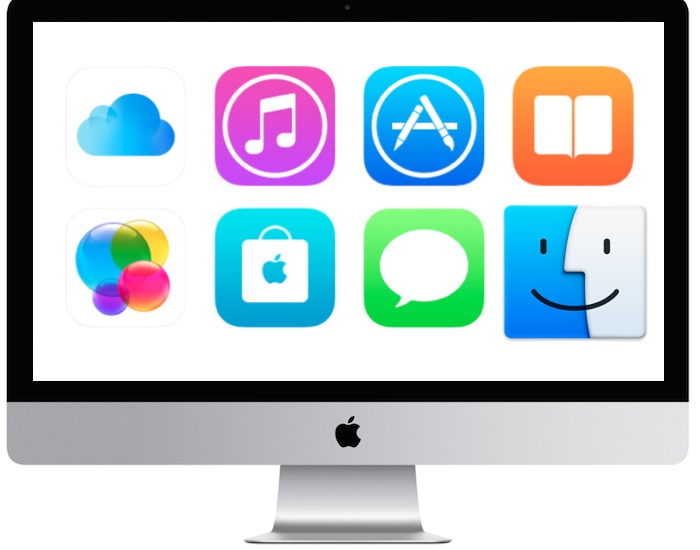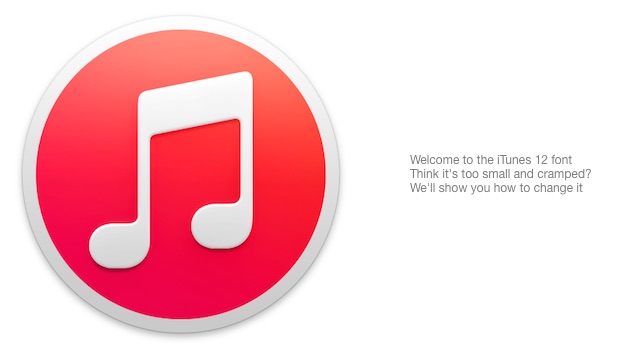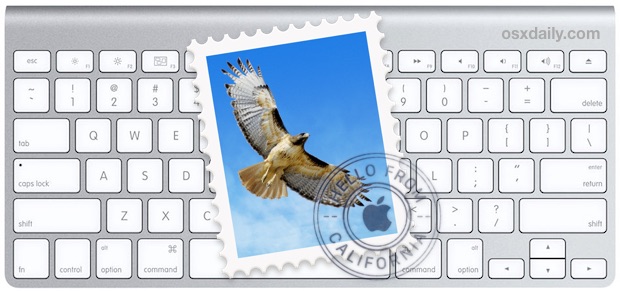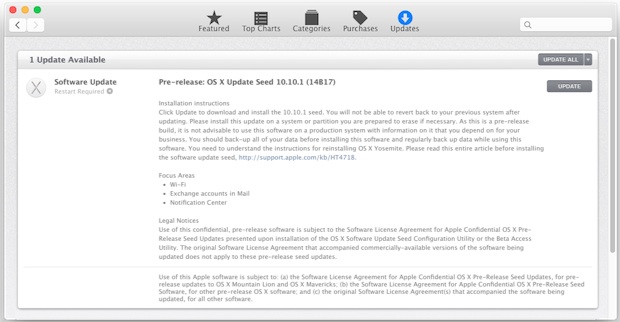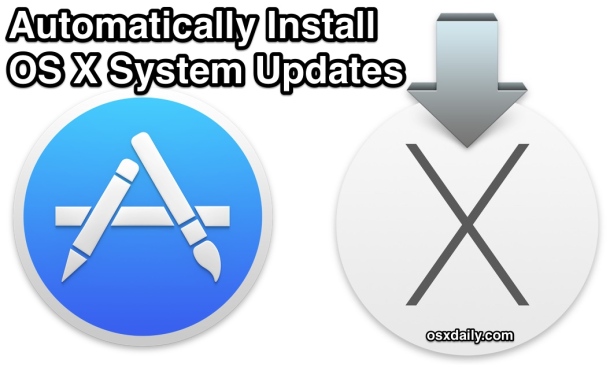How to Show a Preview Panel in Every Finder Window of Mac OS X
![]() Want to see a Preview panel in Mac Finder windows so that you can get a glance at what images and files look like before opening them? Modern versions of MacOS allow for this handy Preview feature in the Finder.
Want to see a Preview panel in Mac Finder windows so that you can get a glance at what images and files look like before opening them? Modern versions of MacOS allow for this handy Preview feature in the Finder.
Longtime Mac users may be aware that the Column view of the Mac OS X Finder has long been popular with users who like to see a preview of what image or document they are selecting in the Finder. Up until recently, this handy preview panel was limited to the Column view however, and if you wanted to see documents or files in a list or icon view of the Finder, it wasn’t there. That changed with modern MacOS releases, and now you can have a Mac file system preview panel available with every single Finder window if you’d like to, including in icon view.

